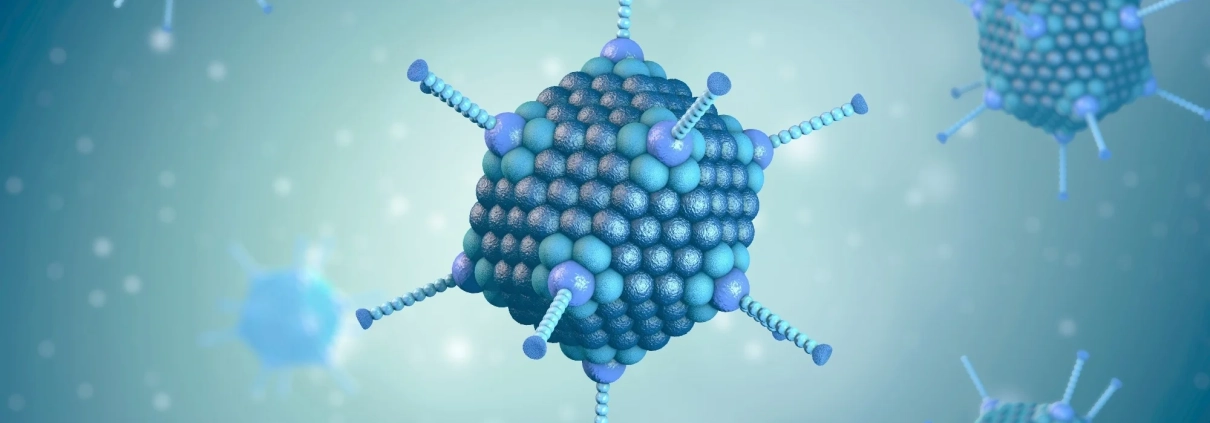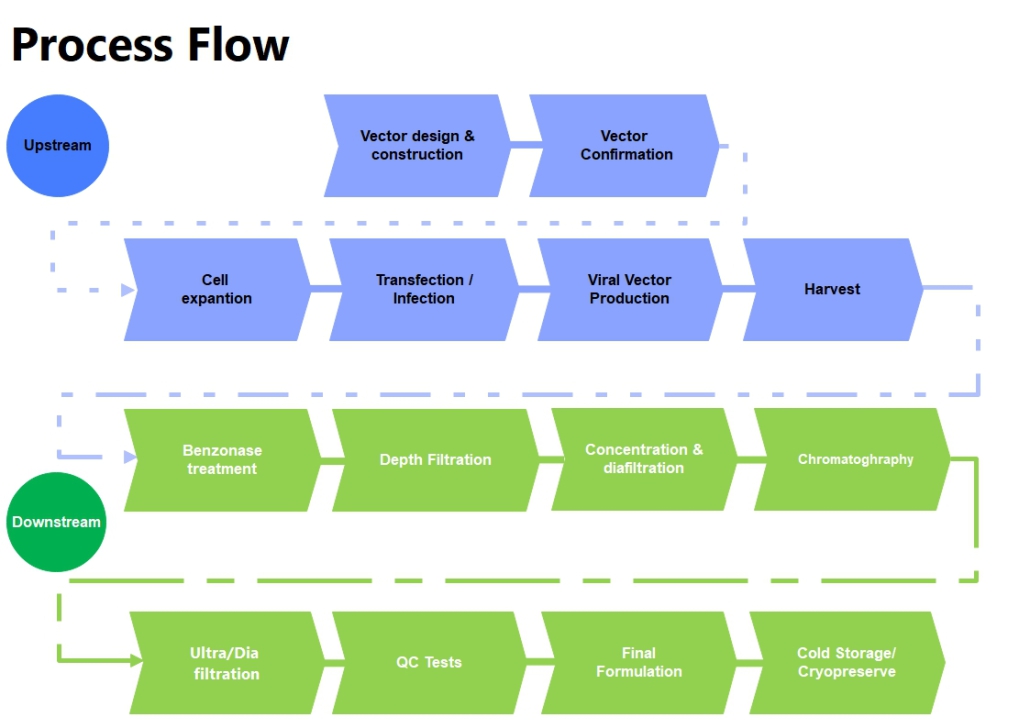
Viral Vectors
Viruses are the most effective vectors to transfer the gene of interest to the target cells. In other words, viruses might be armed in a way that they could express therapeutic genes to manipulate specific disorders. Hence, the design and construction of viral vectors, is one of the most attractive methods in the development of biological products and could lead to the development and manufacturing of various gene therapy and biotechnological products.
Choosing the right vector is one of the most important steps in using viral vectors. Key features in the selection of viral vectors include vector efficiency in transgene expression, ease of production, safety, toxicity, and stability.
Currently, several types of viruses are being investigated for gene transfer to cells for transient or permanent expression of relevant proteins, among them are adenoviruses (Ads), retroviruses, lentiviruses, Adeno associated virus (AAV), measles virus (MV), baculoviruses and herpes simplex viruses (HSV). Each of these viral vectors have their own characteristics and therefore it is not possible to use just one viral vector for all purposes. Consequently, a range of viral vectors will be necessary to achieve different treatment goals.
The production process of viral vectors includes vector construction, virus production, and purification. Afterwards, related quality controls are performed according to international guidelines. These steps are shown schematically in the figure below.

Figure 1. Viral vector production process in Hum-Immune Biotech
With years of experience in the field of genetic engineering and manipulation of viruses, the Hum-Immune Biotech research team is able to provide services for the production and purification of different recombinant virus seeds (especially adenovirus, measles, herpes and lentivirus) in lab and semi-industrial scale.
